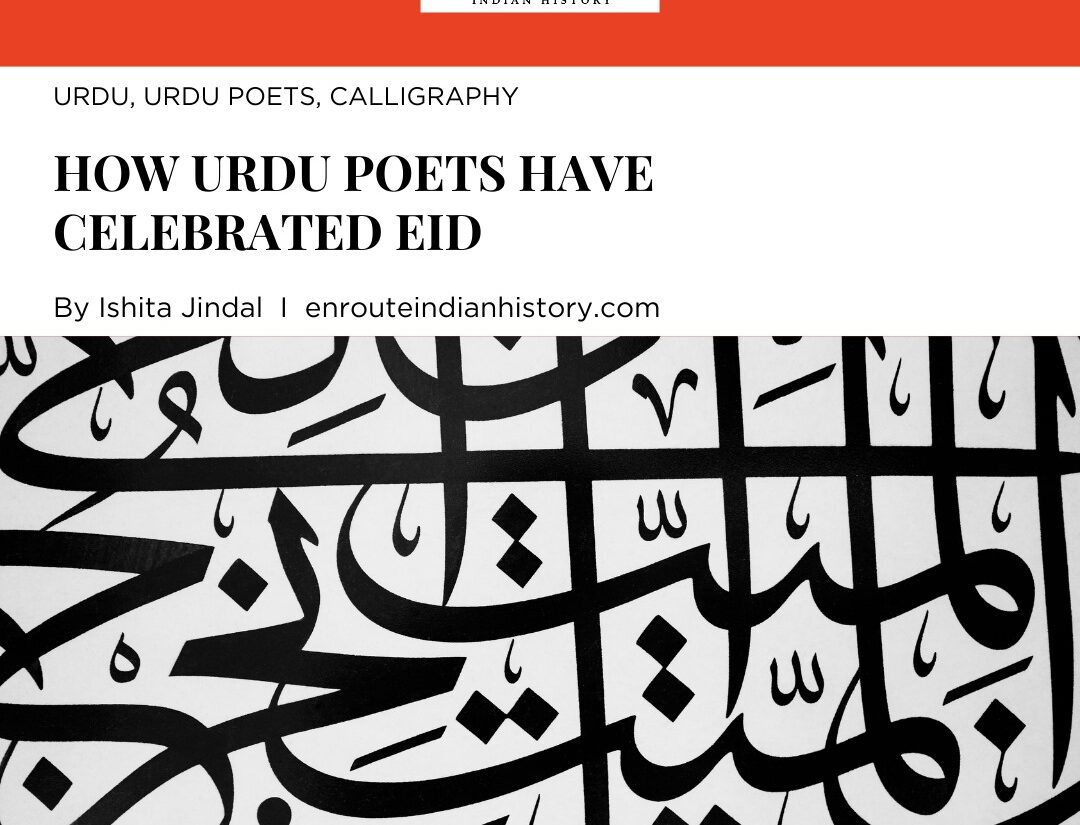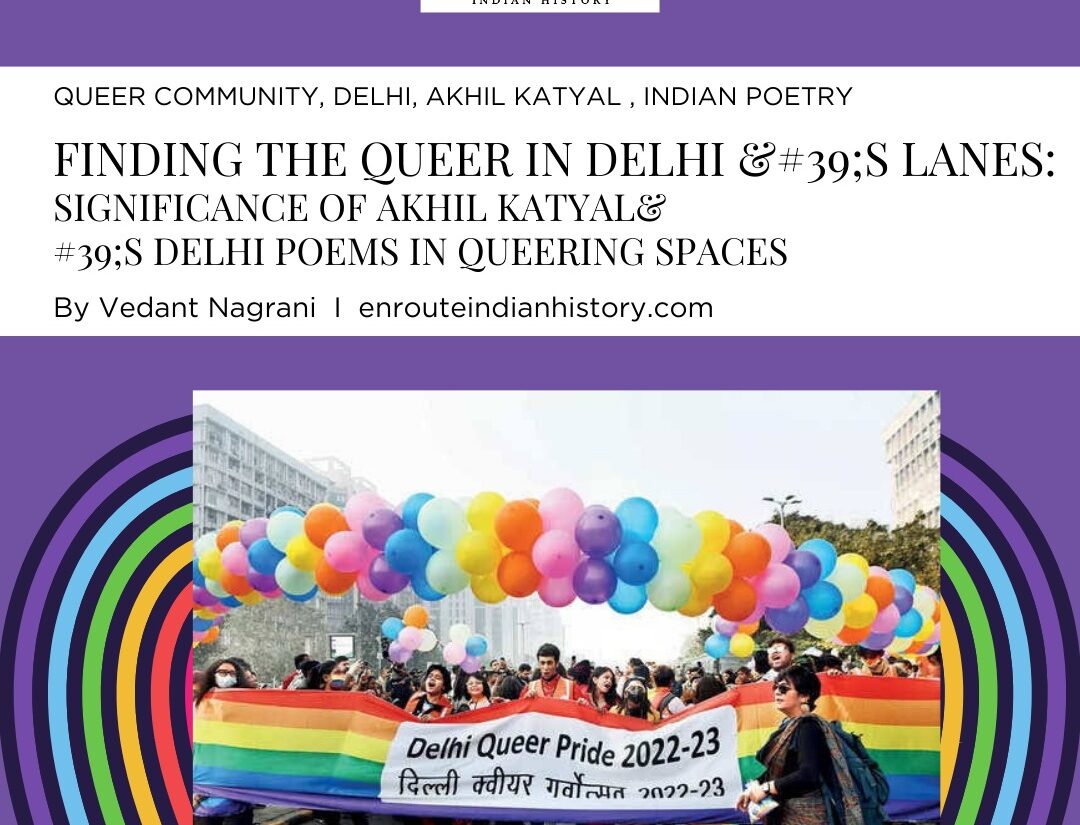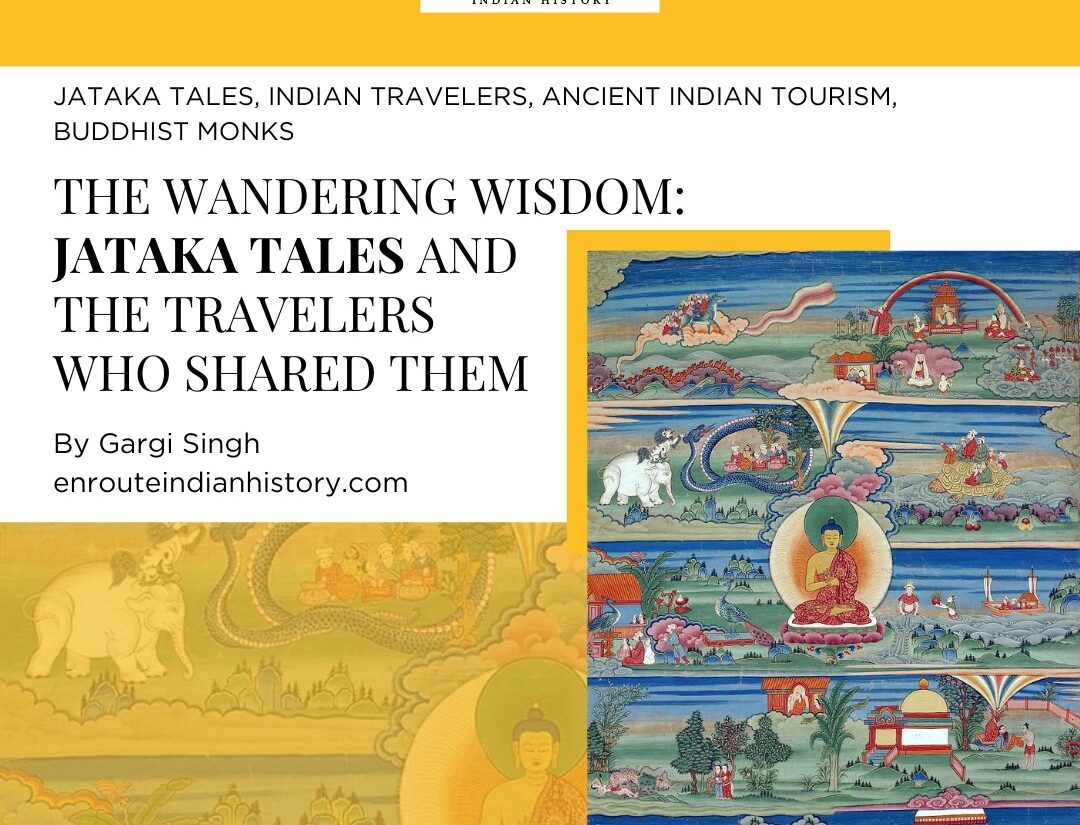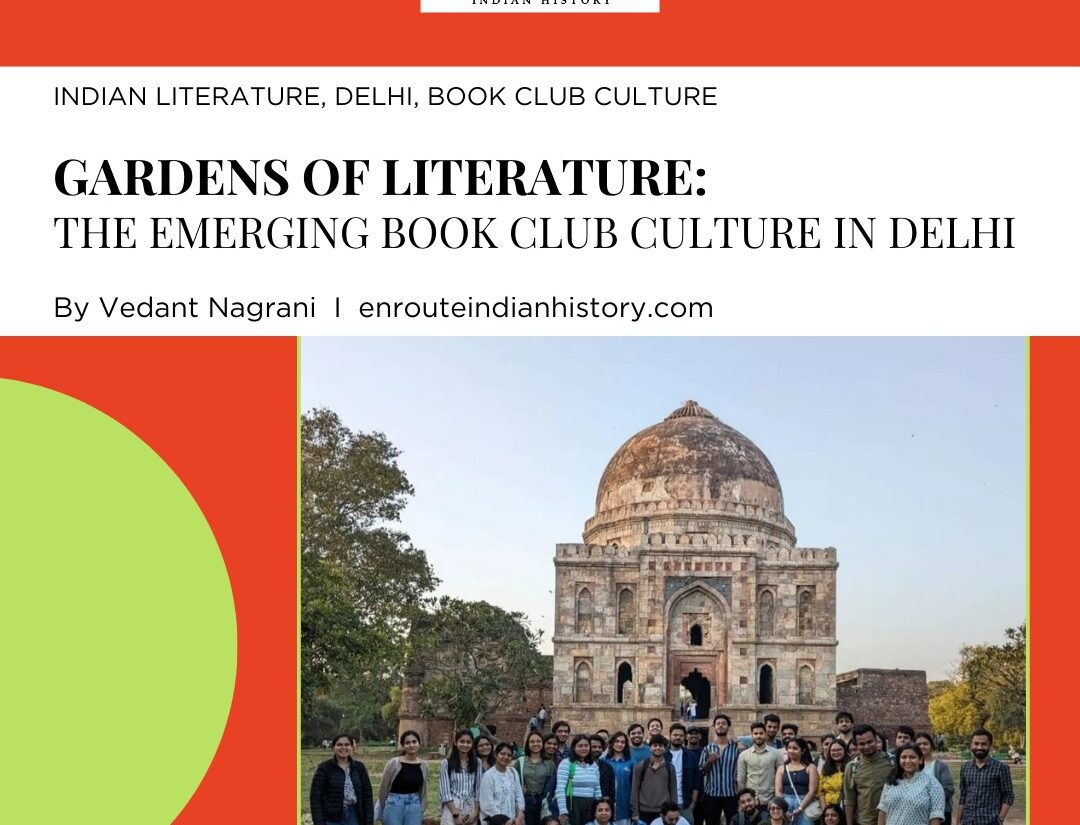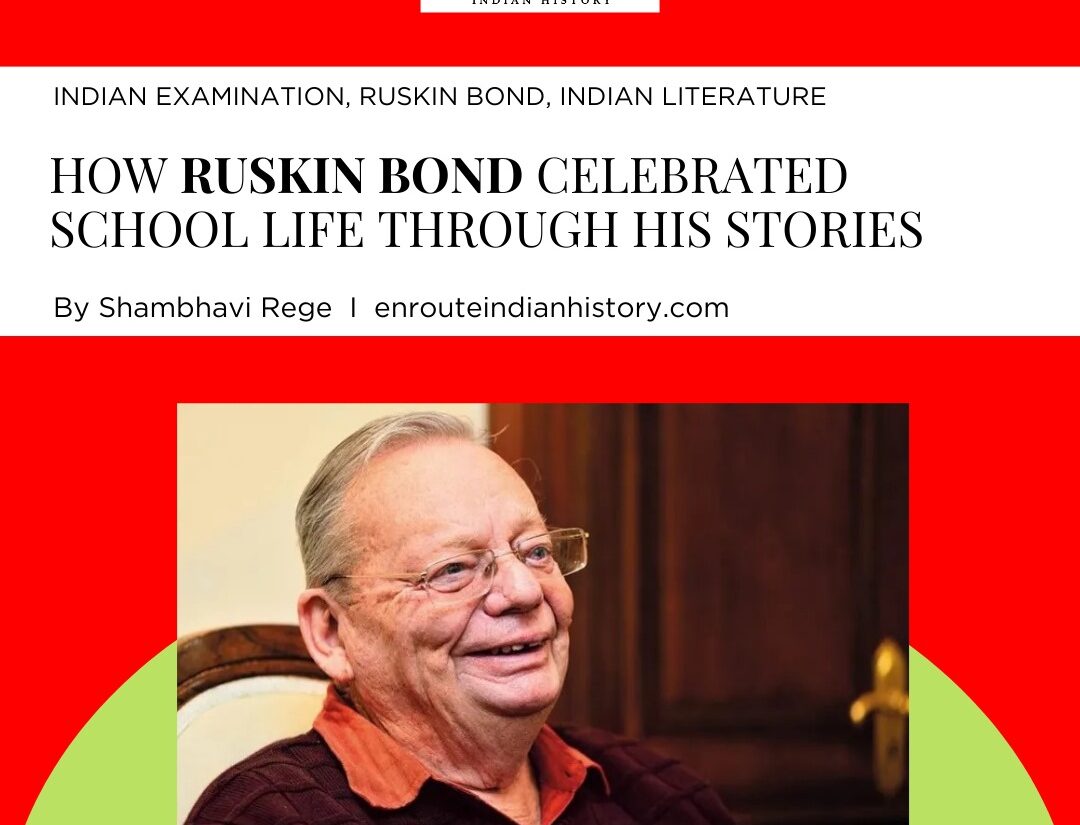Why Punjab became the Land of Heer Ranjha and Epic Romances?
- EIH User
- January 17, 2024
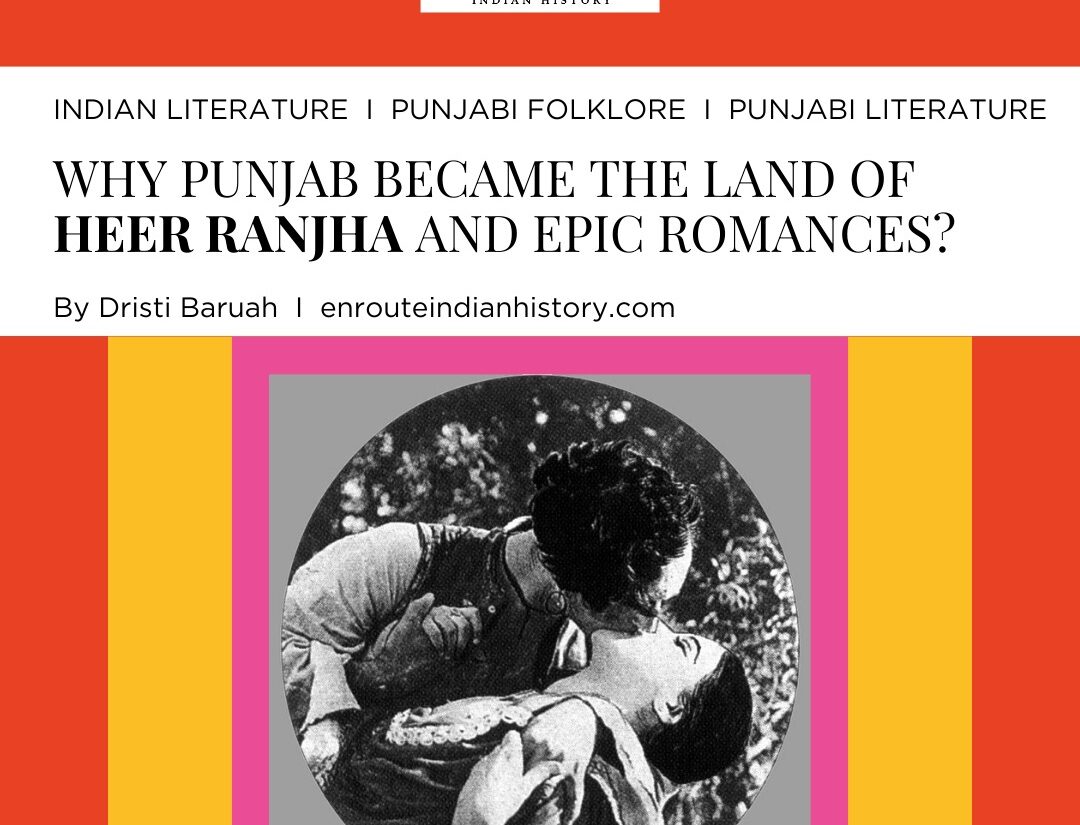
The four great romances of Punjab are epic tales that have shaped the literary and cultural landscape of the region. These romantic sagas, deeply rooted in Punjabi folklore, have been passed down through generations, captivating audiences with their timeless themes of love, sacrifice, and societal challenges. We shall talk about the stories of Heer Ranjha, Sohni Mahiwal, Mirza Sahiban, and Sassi Punnun here, which emphasise the significance of love in Punjabi culture. But before that, let’s understand some themes of Punjabi literature and poetry.
Punjabi poetry is renowned for its intensity and depth of feeling. Poets use love as a potent tool to convey a wide spectrum of feelings, from passion and ecstasy to sadness and despair. In Punjabi literature however, love frequently turns into a tool of resistance against repressive structures and cultural conventions. The lovers in these stories question the accepted norms and reject expectations from their families, society, and culture. Love is also a common metaphor used by Punjabi poets to describe the bond that exists between people and the land. The love of Punjab’s rivers, lush soil, and scenic views is metaphorically connected to the love between people. This link emphasises how deeply the people are connected to their country.
Heer Ranjha

Sulochana and Dinshaw Billimoria in the movie Heer Ranjha (1929).
The story of Heer Ranjha is the first and most popularly retold of the four stories. Heer, and Ranjha meet and fall deeply in love. However, Heer’s family opposes their union because of Ranjha’s background. Despite the challenges, Heer and Ranjha continue to pursue their love, much to the ire of her uncle Kaido. Tragedy strikes when Heer’s family discovers their relationship. Heer is forcibly married to another man, and Ranjha faces rejection and hostility. Despite the hardships, Ranjha remains devoted to Heer although adopting an ascetic life, and both lovers endure separation.
In a twist of fate, Heer and Ranjha cross paths again and they plan to elope and be together. Jealous relatives and societal pressures intervene, leading to a poisoned wedding gift intended for Heer on the day of her wedding to Ranjha. Ranjha consumes the poison as well, and the lovers die in each other’s arms.

Heer Ranjha and Qaido – Gujjar Singh Saudagar Kutubfrosh. Amritsar. ca.1875
One of the most popular retelling of this old story can be found in the qissa of Waris Shah titled “Heer” or “Hir” which is considered as a landmark Punjabi literary text. Even before Waris Shah’s text, Punjabis were well-versed in the tale of Heer Ranjha and were familiar with it both inside and outside of the qissa setting. The story of Heer Ranjha was present on the periphery of the religious and spiritual sphere long before it was brought into the literary mainstream. But nowhere is the importance of this immortal tale to be found more strongly than in Punjabi sufism.
According to Khushwant Singh’s thesis, Sufis in Punjab, many Sufi orders originated in India, but only three—Chishtiya, Qalandari, and Qadiri—were successful there. Many well-known authors who followed these directives developed popular poetry forms like the kafi, bara-mah, and siharfi, which in turn enhanced Punjabi literature. These authors’ development of Qissa epic love poems, which were based on mythological romances imbued with the ideas, was a significant contribution. One such idea from Sufi philosophy that has a global comprehension is fanaa.
The feelings evoked by a pleasant romantic tale are somewhat absent from tragic romances, especially those that deal with the separation of lovers and their eventual deaths. For some, the tragedy’s underlying sorrow is what lends the story its most lasting and relatable qualities. The lovers’ unbroken bond in death and the knowledge that they will spend eternity together rather than the few years they may have had together on earth are comforting to many. From a spiritual perspective, it is possible to argue that their union with their beloved was made possible by the anguish and suffering they went through during their earthly lifetimes. This is the very concept of fanaa. Marfat is the last union with Divine reality; it is also referred to as Fana. It is a trance-like condition of consciousness. The disciple sees everything around them as a reflection of the Divine Reality. The majority of academics have thus seen the qissa to be a metaphor for Sufism, which implies that the couples’ love in the qissa is a representation of divine love.
The following lines from a kāfī by Bulleh Shah are a wonderful illustration of the symbolism found in Sufi poetry –
Ranjha Ranjha Kardi Hun Main Aape Ranjha Hoyi
Saddo Mainu “Dhedo Ranjha”, Heer Na Aakho Koi
Ranjha Main Wich, Main Ranjhe Wich, Ghair Khayal Na Koyi
Main Nai, O Aap Hai, Apni Karey Diljoi
Jo Kujh Saade Andar Wasse, Zaat Asaan Di Soyi
Jis Dey Naal Mai Neunh Lagaya, O Ho Jaisi Hoyi
In repeating “Ranjha, Ranjha” I have myself now become Ranjha.
Call me Dhido Ranjha, let no one call me Heer.
Ranjha is in me and I am in Ranjha, this is my only thought.
There is no me, there is only him, and he is the one who shows tender care for himself.
Whoever dwells in me determines who we are.
I have become just like the one I love.
Mirza Sahiban
In the second story, Mirza, a skilled archer and a young warrior, was the son of Banjal, a local Jat chief of Danabad from the Kharal clan, who falls in love with Sahiban, the daughter of Khiva Khan, a local Jat chief from the Sial clan.. However, belonging to rival clans, societal norms and family opposition prevent their union.
On the day of Sahiban’s wedding, they fled together. Mirza halted while running away beneath a jand tree and took a nap. Sahiban was unwilling to start her new life with her brothers’ deaths on her hands. In order to ensure that no one would be harmed, she made the decision to shatter all of Mirza’s arrows, believing that she would ask her brothers for their approval. When Sahiban’s brothers arrived, Mirza found his arrows were broken when he awoke, and Sahiban’s brothers killed him. Sahiban decided to take her own life by stabbing herself with an arrow since she was unable to cope with this loss.

Photograph of a fresco illustrating Mirza being killed by Sahiba’s brothers (Mirza Sahiban folktale) at Palkiana Sahib near Tarn Taran, taken in 1971.
Sohni Mahiwal
Sohni, a potter’s daughter, falls in love with Mahiwal, who in the Punjabi version was a trader from Bukhara (Central Asia), but in the Sindhi version he was of the Nagamro clan of Sindh and the son of Gehwar Jam.
The two meet at the riverside where Mahiwal’s caravan camps. Despite belonging to different social classes, they are drawn to each other. Sohni’s father eventually marries her to another man. Heartbroken, Sohni continues to secretly meet Mahiwal by swimming across the Chenab River using an earthenware pot as a float. Mahiwal, too, crosses the river to meet Sohni.
However, tragedy strikes when Sohni’s sister-in-law discovers her secret and tells Sohni’s mother-in-law. To secure the family’s honour, the latter then replaces Sohni’s earthenware pot with an unbaked one. As Sohni crosses the river with the pot, it dissolves, and she drowns. Heartbroken, Mahiwal, unaware of what happened, arrives at their meeting spot and finds Sohni’s lifeless body. Overwhelmed with grief, Mahiwal jumps into the river and joins Sohni in death.

Sohni swims to meet her lover Mahiwal, Style of Faqir Ullah Khan (India, Uttar Pradesh, Lucknow or Farrukhabad, circa 1780)
Sassi Punnun
Sassi, a beautiful princess born to King Adam Khan of Bhambore, is abandoned in the desert or the Indus in some other versions, by her father due to astrological predictions of her bringing misfortune. A washerman finds and raises her. As Sassi grows she hears tales of a handsome prince named Punnun from the kingdom of Kech.
Punnun, upon hearing about Sassi’s unparalleled beauty, journeys to Bhambore and when they meet they fall in love. Punnhun’s brothers and father opposed his union with Sassui. But later Punnhun was taken aback to find his brothers encouraging his union, and on the first night they feigned to take part in and enjoy the festivities.
However, on the wedding night, Punnun is tricked into drinking a drugged glass of milk, and he falls into a deep sleep. Sassui discovered her brothers-in-law had deceived her when she awoke the next morning. She rushed barefoot towards the town of Kech Makran, driven insane by the pain of parting from her love and she dies in this process.
Punnun awakens to find Sassi gone and learns of the treachery. In despair, he also dies on Sassi’s grave. Legend has it that a massive sand dune, known as the “Sassi-Punnun ka Kuan” (Well of Sassi and Punnun), formed over their graves, becoming a symbol of their eternal love.

Mural of Sassui Punnhu folktale from Sui Simbli temple in Jammu
Punjabi literature is strongly associated with the musical traditions of the area, particularly folk songs and Bhangra. Love is a major theme in Punjabi music, and it is frequently conveyed through lyrics and melody. Songs honouring love in all of its forms are a vital component of the cultural fabric. For instance, musicians can use the emotional depth of Heer and Ranjha’s love story as a canvas to express strong feelings through their music. Indian songs that draw inspiration from “Heer Ranjha” frequently encapsulate the ardour, longing, and hopelessness linked to the fabled story. Beyond geographical bounds, the tale of “Heer Ranjha” has impacted Bollywood and other Indian music genres in addition to Punjabi music. The story’s cross-cultural appeal guarantees its inclusion in a large number of songs from various languages.
The land of five rivers was divided in 1947; its resources were shared, its population was exchanged, and its waters were divided, but one thing remained undivided: the Punjabi people’s folklore. Muslim women in the Pakistani portion of Punjab perform folk songs and ballads in which a Punjabi girl desires for a bridegroom as lovely as Krishna. Even today, pilgrims believe that a visit to the grave of a Muslim saint in Indian Punjab will alleviate the sorrow of Hindus and Sikhs. This cultural connection is important, after all, because it just may be a ray of hope and peace between the divided nations.
These romantic tales enthral readers not only with their beautiful language but also with their profound insights into Punjabi culture, which encompasses its social, religious, and historical aspects. The Four Great Romances of Punjab are timeless markers of cultural identity that inspire generations and uphold the core of Punjabi tradition via lyrical poetry and engrossing narratives.
Reference –
- George, N. Tragic Romances as A Manifestation of Fanaa. The Creative Launcher, 2(6), 91-99.
- Zafar, S. “PUNJABI FOLKLORE “BALLAD”, Ad Litteram: An English Journal of International Literati December 2018: Volume 3
- Kumar, A. (2023). Punjabi Kissa: Negotiating Modernities and Mediums. In Indian Modernities (pp. 172-186). Routledge India.
Image reference –
Wikimedia (public domain works)
- April 4, 2024
- 7 Min Read
- March 27, 2024
- 7 Min Read
- February 22, 2024
- 8 Min Read


